I still have not yet received my copy of the child in the family for the read along, it is coming from England, and I am starting to wonder if it is swimming to get here...
So hang on everybody, as soon as I receive it, we'll get going :)
On to our main topic!
--------------------------------------------------------------------------------------------------------
I was asked, a few weeks ago, by the lovely Kylie, how we mixed Waldorf and Montessori here. Since there is quite a lot to say on the topic, I said that I would do a post on that. So Kylie, this one is for you, and anybody else interested in knowing if Waldorf and Montessori can live together under a same roof.
My little story:
I came across Montessori a long time ago. In fact, as a child, I was almost sent to a Montessori school, but life choose differently. Somehow, I stayed fascinated with what I knew of this pedagogy, which was at the time, not much.
Montessori resurfaced for me (or dare I say I resurfaced to the world after my numerous years of school) after my first child was born in the form of a book, one that is still a fav of mine: Tim Seldin's how to raise an amazing child the montessori way
While reading this, I immediately started to apply principles here, and was also amazed at how many of them were so in tune with our parenting philosophy. So integrating Montessori here was effortless really.
A couple of years later, I came across Waldorf while researching about toy simplification. I entered the Waldorf door through one that is commonly used: the wooden Waldorf toys. At the time, my main source of information was the Waldorf forums at Mothering.com. And although these moms are all, I am sure, amazing moms trying to make a difference for their children, I felt the emphasis was too much on materialism, and that threw me off. And so, Waldorf was set aside for a while. I came back to it while reading on nightime routine and stumbled upon Carrie's blog: the parenting passageway. And there, I learning truly what Waldorf and what it is all about. (I love her blog, it is a great inspiration, and a wealth of wisdom! go check it out!)
That concludes my little story :)
**
We are not a true Waldorf family, as you have noticed, and we will never be. We have picked out what is "us" in Waldorf, and got inspired by many ideas, but we left the rest out.
Ressemblance and differences:
By Waldorfers, Montessorians are miles away from them in terms of philosophy. In regards to antrhoposophy, that might be true. But as far as how they see the child and how to help them grow, I have seen many resemblance actually!
Waldorfers strongly believe that the lost of the teeth is the one important factor in readiness to learn, and mark an important period in one's life. Well, I was surprised to read that Montessori too considered the loss of tooth to be an important transition in the life of the child. (I have come across this in the book from childhood to adolescence, first chapter). They just have not interpreted this the same way.
Where Waldorf states that the senses should be protected, Montessori believed that they should be educated. But isn't educating protecting them someway? Montessori stressed that the things we give to children hould be beautiful, of good quality, made of natural material and sized for the hand that used them. he music we have them hear should be beautiful and quality music, and she insisted that parents should sing to their children starting right at birth.
Waldorf parents believe that the first plane of development (birth to about age 7) is one of movement, the senses (balance) and doing rather then thinking.
The same principles applies to Montessori. Movement is a staple in children houses, through their work and their activities. They are learning to refine their movement, until the second plane of development of age 6-7 to 12. (IN the book childhood to adolescence, Montessori really see the 7th year (between 6 and 7 year of age) as a transition year. She speaks more of the 7-12 year span that she defines as being the thinking plane.)
DOing is also very important. Isn't practical life learning to cook wash dishes and do handwork in the home?
Montessori do start academic before Waldorf does. But the learning is not a thinking sort of. It is done through the senses. Maths with beads to manipulate, language with sand paper letters...The kids don't use their logical brain, they just learn through their senses until...7 (6 being a transition)
So again, interpretation is different, but the facts remain quite similar.
THere is only one aspect that I have not, following my reading, find any closeness to. It is the concept of imagination.
This is where I think Montessori truly differs from Waldorf. Where Waldorf thinks it is best to leave the child in a dreamy state as long as possible, Montessori believes that imagination is built upon reality. You have to know the facts before being able to imaginate, to abstract.
I believe a bit of both. I remember loving to imagine stories, to love to create things. But I can only remember as far as 6-7 yo, an age when both M and W thinks imagination is fine. I think you have to go for what you believe.
I think in the end, in both cases, these philosophy put focus on the child and make them grow surrounded with beauty, love, nature and help them become truly who they are.
So how do we do it?
As I said, we incorporated what was us.
1. Rhythm
Rhythm is a life saver here. So me, AND for my kids.
 We do have a rhythm, and we feel off balanced quite fast when we don't follow it. I think my kids love to know what to expect, and it does facilitate changes, routines and transitions a LOT.
We do have a rhythm, and we feel off balanced quite fast when we don't follow it. I think my kids love to know what to expect, and it does facilitate changes, routines and transitions a LOT.I also have a rhythm for me. One that helps me keep sane with 3 kids, and helps me stay balanced and focused. There is so many things to do in a house with 3 children, that it is easy to run into 10 different directions at the same time. It helped me priorize my time and allow it to the most important thing: my family
2. Telling stories.
My husband comes from a very rural part of the country where telling stories is still a big thing. So needless to say, we are trying to pass this along to our children. I think storytelling is an art that is passed on (or not) from generation, and it needs to be continued. Here I can say that those stories, are the stories of our extended family. When we tell them, we tell our children about their roots. And knowing where you came from is really important.
The type of story we tell is indeed different then what Waldorf parents tell. For younger children, they recommend stories about animals in the yards or the day of a little fairy, stories that are low key, and that just tell what is going on. Although we don't talk about backyard animals, we tell things that have happened in DH's village when he was younger. They are not stories with a moral, just just tales that showed how life was going around, and that are, most of the time funny. The kids loves them, and they get to know a lot about life 30 or so years ago, and they get to know life before them.
Again, pick what you want, or get inspired by it...
3. Celebrating the seasons and living seasonally.
I think this is something that we, as a society, need to go back to. We need to follow the rhythm of the world, of the earth, of our day, and stop artificially making up the world as we wish it was. Most of the people in developed countries lack sleep (because we stay up later), lack meaningful connections to the seasons (how many people cans now?- they are not required anymore, we can eat fresh raspberries in december now ) and lose precious moment of rejoicing with families around celebrations time.
We try to incorporate more celebrations to our year, because that mean we have to take TIME to enjoy them together (another thing that we all lack).
There are many celebrations we don't know anymore about because they were left aside. We'll be incorporating even more of them this year. It is those celebrations, those rituals that makes life special, and that (in our case) makes us go through rougher winters. It warms our hearts and our souls when we need to, and it helps us make meaningful connection between each one of us, and with our extended families that are just too far from us. TIme to prepare for celebration, anticipating, and finally participating as the culminating point is just a joy that we are enjoying more and more
We try to show our kids that life has a rhythm, that the earth has one too, and you are better off following it. I cannot wait for Amanda Soule's new book on the topic btw
4. Toys
As I have mentioned before, toys was our entryway to the Waldorf world. We have done a lot of toy simplification, and cleaned out toys that just didn't work to make place for open ended toys of good quality. My kids, they are builders. Give them blocks, and they will do anything with them. (well, and a couple of good trucks for my son). My daugther, she loves dolls. Anything doll, she really has the mommy vibe into her. Those are the toys that gets played with daily. Every single day. They are meaningful toys, and my children cherish them. They rarely are just left around, they really take care of them. As for the rest, a new toy will work for a couple of days, and then be left out. SO really toys are not a big thing here. May kids rather do activities then play with toys. They do ask us for toys some time, (i.e., they see a kid playing with something and they want it too), but we have learned that most other toys (and moslty those that are not open ended) really just get their attention for more then 1 week (the novelty period) and we usually suggest we do an activity instead, and the idea of the toy is forgotten quite quickly.
I have to admit that I am quite a minimalist also. The amount of material needed to homeschool using Montessori always made me cringe. I think this is the only downside I find to Montessori at home, and I have yet found a solution to it.
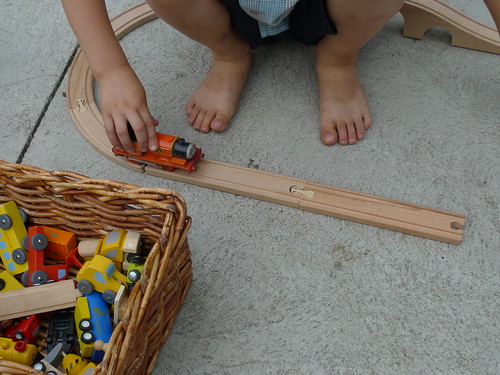 |
| A Thomas the train found in our backyard |
5. Nature/ movement:
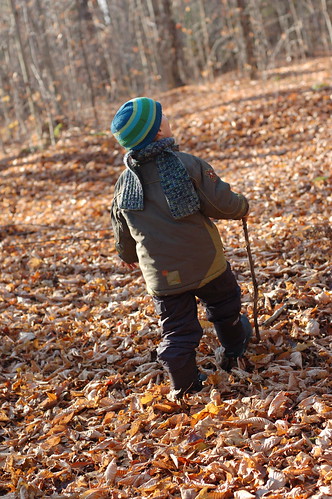 |
| wow, that really bring me down memory lane! |
We try to spend loads of time outside, and move our bodies as much as we can. Granted, this one is not difficult with a son like my oldest who NEEDS to move to remain calm.
Being outside also helps him, so we try to allow him that as much as possible, and enjoy it too.
Nature is a staple here also.
6. Fairy tales:
Most people are put off by Waldorf when it comes to grade scholing. Kindergarden and under seems like every parent's dream, but the way education is done in Waldorf school isn't as pleasing to many.
In a society where culture is being pushed aside to leave more time for the more mainstream topics like math and language (well, that is the reality here anyways), I personally find important to tell our children about it. And fairy tales, the ones that have been round for generations are part of that. I want my kids to learn about the Grimm's bro, and Hans Christain Anserssen. I want them to learn and read about greek mythology, and roman one. I want them to learn the tales of other countries, and about Hercules, Cesar, knights about religion.
I feel many more recent fairy tales are so deprived of inner meaning, it does not make them as interesting as those older fairy tales that have come through time. And so we will be working with those in the next few years.
7. Handwork:
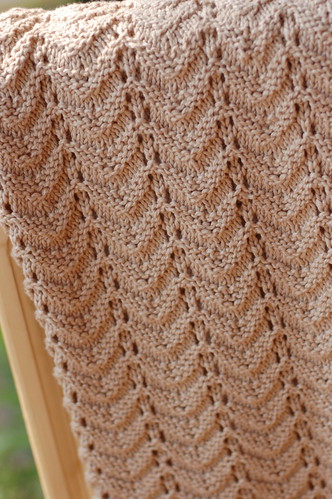
I sew, knit and do other handwork because I saw my mother and grand mother do it, and she taught me at the time. I am now so happy to have learn those handwork, because I feel they are meaningful to me and my family. I hope to be able to pass them along, and change the image that sewing is for wimps ;)
8. Arts:
I am always wowed by all the crafts and art made by Waldorf families. Although I am not a crafter just for the sake of crafting, I try to give art time to my children as much as I can. I know that my daughter could take 1000 more hours of this, but sometimes, it just doesn't fit in our schedules.
I try to have them work with high quality material: lyra, stockmar...because they really rock!
9. Simplicity
Waldorf truly is about simplicity. And this is something I crave and we need as a family. Simplifying clothing, toys, possessions life. It really makes things easier, and let us really enjoy what is important rather then dealing with too much.
10.And the last one I think is one of the most important: TIME
Waldorf stresses about the importance of time. We take time. We give our children time.
 We let them take the time to be kids. We don't rush them around to errands or unnecessary things. We have not put their name up for sports or other activities so that they have free time to do whatever they want. TIme to not do anything. My kids sometimes sit on the couch and don't do anything. Just because they need it. And I respect that.
We let them take the time to be kids. We don't rush them around to errands or unnecessary things. We have not put their name up for sports or other activities so that they have free time to do whatever they want. TIme to not do anything. My kids sometimes sit on the couch and don't do anything. Just because they need it. And I respect that.Time is rare and precious, and we want them to have the luxury to enjoy it. Time with us also.
We always have dinner togheter, and all other meals if we can. We take the time to fix something from scratch, and eat it seated to enjoy each other's compagny.
Time.
I am scared and anxious as how we will be able to protect that next year as we will have loads of commuting to do. But we are keeping it as a priority, and we'll try to fit things around that.

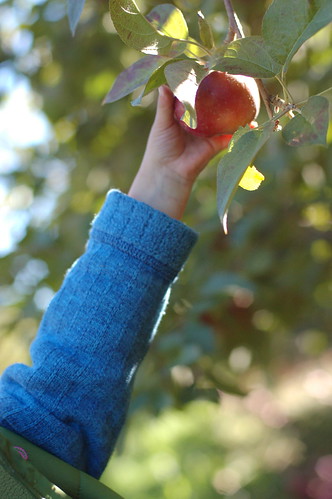
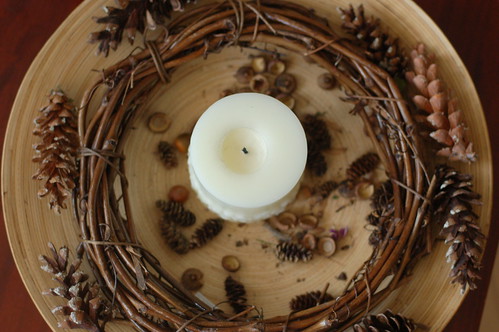
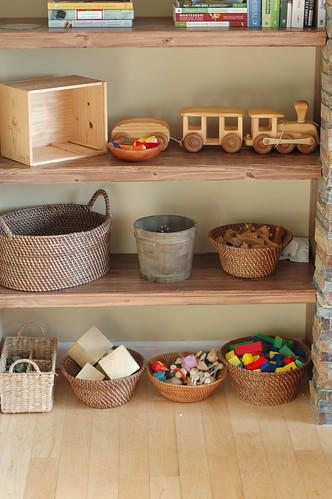
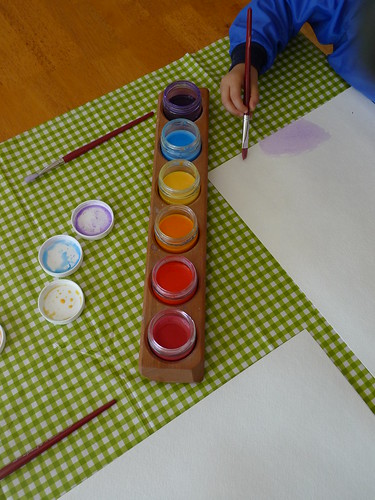
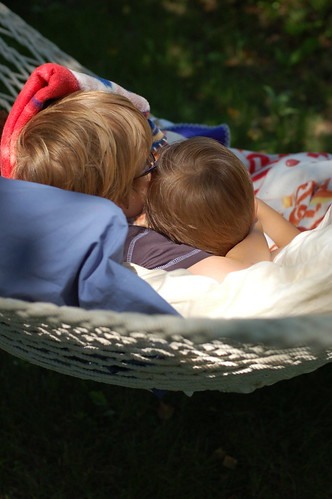
Thank you so much for taking the time to share all of this. I love your comments on simplicity. I find that we already have so many toys with my daughter being only 6months. I find I'm bored with most of them already and I'm finding that she is too. I am going to make this my goal in the next couple weeks to sort and simplify her toys. Thank you.
ReplyDeleteYou have explained this in the most eloquent and charming way. Thank you. I think it was initially the toys, the celebrations and the connection to nature that drew us to Waldorf. Such a lovely way of living!
ReplyDeleteThanks to both of you.
ReplyDeleteJoylynn: good lluck it is a hard endeavor, but it is absolutely worth all the time you will invest into it!
Kylie: I agree, and I feel there is not reason to incorporate this in a Montessori setting!
I'm glad you enjoyed it.
I think I may have posted a comment earlier that was meant to be posted here instead of where is might have ended up...
ReplyDeleteI really enjoyed this post and was curious if you have more information on your "rhythm" photograph. I would be interested in seeing more on how you created them and what is included on them.
Thanks,
Kathy